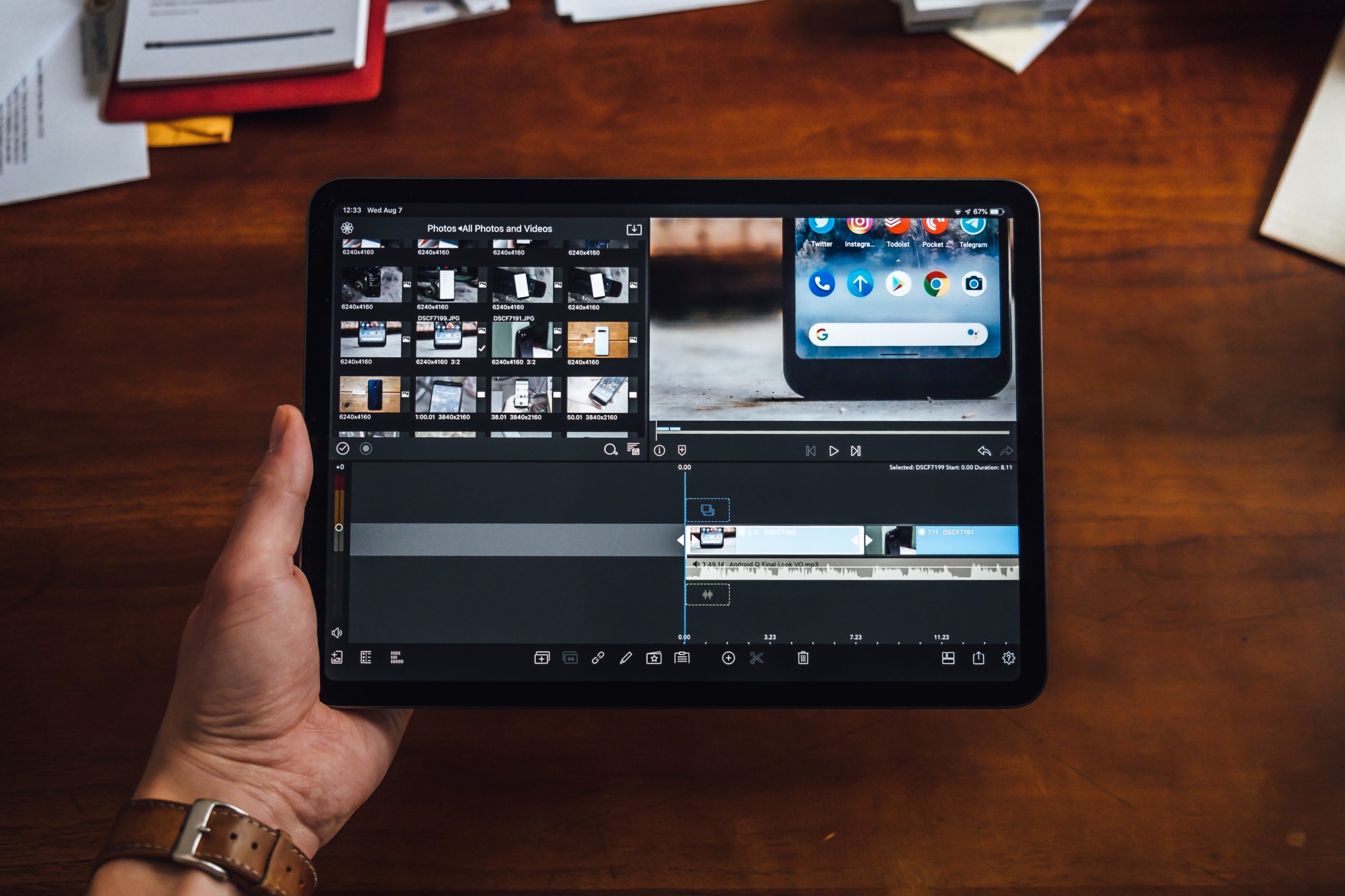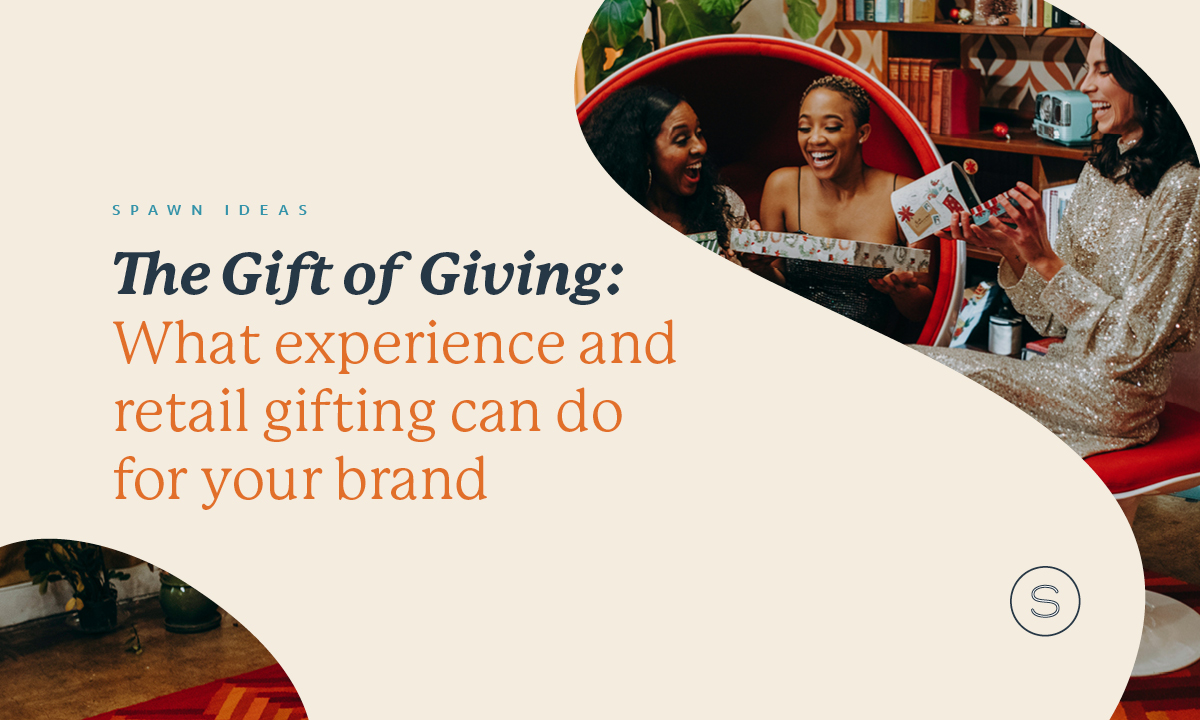We hear time and time again about the shrinking consciousness of consumers in an age of ever-increasing content. But are consumers attention spans really dwindling or are they just becoming more selective? According to a recent study by Prezi, our content consumption is now more evolved than ever, only stopping to give notice to things that engage our core interest. Besides, we can still sit through 12 episodes of our favorite Netflix series like it’s our job, not to mention the countless hours we spend scrolling through TikTok.
With most desktop ads being skipped after 2-3 seconds and 400 milliseconds on mobile, strategic marketing is now more important than ever. And while snack-able content gages viewer interest, much like a well-balanced diet, the real drivers lie in the hearty meals.
With 84% of consumers expecting brands to create content and 55% relying on video to help them make purchasing decisions, it’s obvious the need for video content is a no-brainer. So how do we get the best of both snack-able and deeper, long-form content? It’s all in the approach.
The Inverted Pyramid Approach

Regularly used in journalism, the inverted pyramid approach holds the most newsworthy information first, followed by supporting details and additional background material. This approach places the appeal of snack-able content within a long-form, storytelling format.
Easy enough, right? But it doesn’t stop there. In order for this approach to be successful, brands will have to stay updated on the content consumers value to ensure they stay relevant. Creating content your audience doesn’t care about, no matter the format, won’t help your brand.
Once marketers choose a topic for their content that resonates with consumers, they’ll want to make sure to communicate it within the first 2-3 seconds (the time it takes viewers to develop a reaction).
Using the inverted pyramid approach for video content appeals to both snack-able and long-form storytelling demands. This format captures viewer attention and gives brands a chance to convey the depth of their values and create a relevant consumer connection. In your next brand video, consider how you can right-size the content topic to hit both asks.





